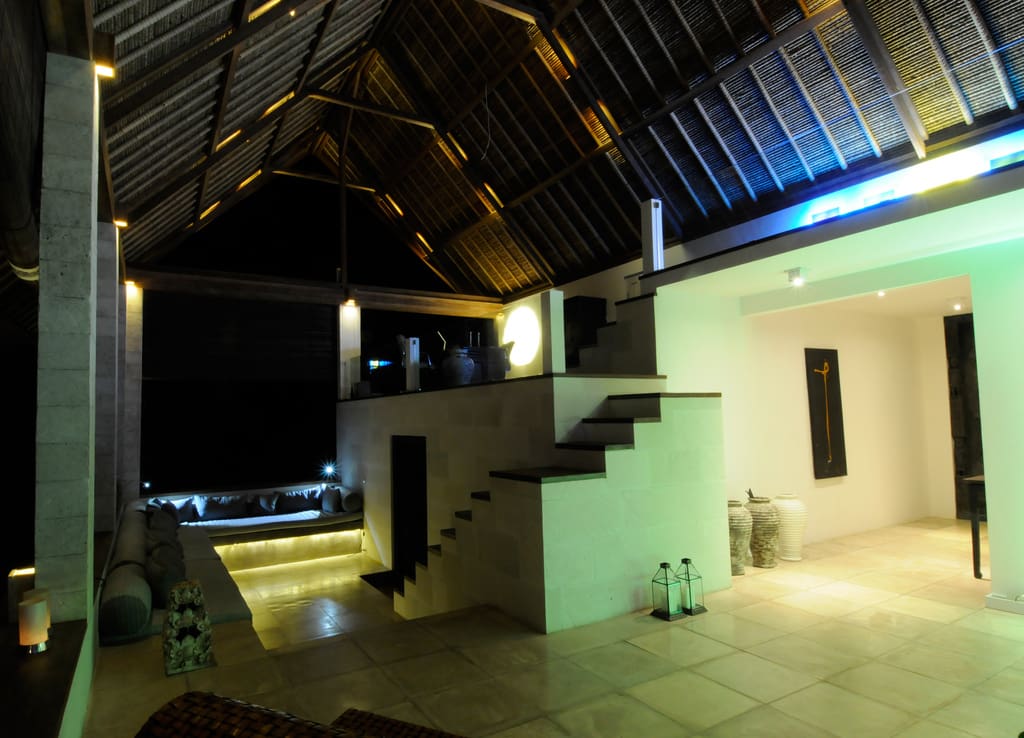It is hard to imagine that lighting design could be customized for women. However, there are specific lighting design touches can make a room feel more feminine. Women tend to prefer lighting fixtures with more curves and task lights that are lower with a soft warm glow. Candle light, scented or not, used for decorations is always romantic and feminine. A masculine design approach would be lighting that is utilitarian, with bright white light and almost stark. The long fluorescent bulb with reflective canopy over a work bench or study table could be felt as masculine. It is also possible to see lighting design as gender neutral when it is merely functional, and working in the background.
Visualize feminine space
Lighting designed for a woman’s space would create an intimate and homey atmosphere. Light sources would be yellow or warm, maybe even close to natural daylight. Light fixtures would be low on the ceiling, lamps closer to the work space making the light source more intimate with the user. Think of a low chandelier in a living room or a vintage lamp on a dressing table. To make any house feel more like a home, create the illusion of light delivered by a glowing heart. Lighting can also have a strong emotional influence.
Human centric lighting
It is not news that light affects emotions. Some people get profoundly depressed in the winter because they react to the lack of sunlight. They feel glum when it is dark and happy when it is bright. All living things get their internal clocks confused as days become shorter. These are psychological pulls that many experience with the passing of the seasons. Human centric lighting designs are made to counteract this effect. The greatest impact of human centric lighting is its ability to correct women’s circadian rhythms.
How human centric lighting design affects women
Women spend more time indoors than ever before, based on their occupations and habits. Staring at the computer, working in offices or in the home, women rarely get the opportunity for leisurely strolls in the outdoors. These are the trappings of a modern life. Whereas it was normal to be outdoors 90% of the time two hundred years ago, that is no longer the case. Today women expose themselves to long hours of artificial lighting, which are unnatural to human orientation. This disrupts the circadian rhythm of the body, a biological process that repeats every 24 hours to keep track of the passing days. An extreme imbalance of the circadian rhythm can cause poor sleep and depression.
Turntable lighting to help sleep and health
The body is queued to start a new day when exposed to morning daylight, then prompted to sleep when it gets dark. However, with today’s shifting work schedules and odd hours. Sleep gets disrupted; some women suffer insomnia while others feel tired even after they have slept sufficiently. Turntable lighting is designed to work in a cycle that mimics regular day and night routines, regardless of the actual time of day. It’s a simple lighting concept that is surprisingly effective for getting consistent rest.





